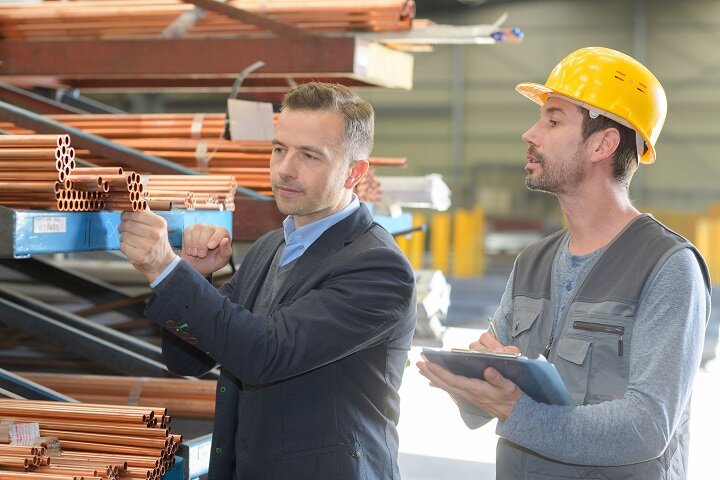The popularity and execution of pipe piling has increased since the late 1980s by leaps and limits. There was a series of thorough tests to show how efficient the load-bearing piling of the pipe piling was, therefore, flourished in the civil building industry. You must be aware of the pipe piling in your industry if you have heavy loads or deep foundation structures. This overview explains the fundamental elements of how piling works and how optimization can be achieved for better construction and deep foundations. Ask your pipe pile suppliers to know better.
Basic Characteristics
Pipe batteries are a piling type that is simple, easy to understand. Typically with large hampers, a prefabricated steel tube structure is moved into the ground. Mainly through soil friction, the batteries remain in place. The battery design varies in accordance with ground conditions and support requirements so that the battery systems can be adapted to specific needs. Since they are made of steel, extremely heavy loads can be conducted and the right steels can make their environmental conditions almost impenetrable. Various options also allow customers to obtain the most efficient materials for pipe stacks.
Pipe Piling Types
Although all of the different piling procedures include conduction pipes, various soil conditions and structural needs are better suited to various types of conduit piles. Here are some of the most common pictures:
- Open-ended unplugged – These pipes are fully open. The floor level should be identical within and outside the pipe after installation. Mainly through friction, they transfer their load into the ground.
- Open-ended plugged – They have a plug on the bottom of the pipe. This results in an accurate amount of ground within the tube less than outside the tube.
- Bottom platform – This is one of two common plugged stacks. The steel platform is then welded to the bottom end. The plate is designed to increase sliding compression and friction. These are used in rocky terrain where the rock and the pile have a minimum layer of soil.
- Rock Shoe Steel Pipe – It’s another common plug. Rock shoes are the same function as stainless plate but when the stack contacts a rock surface, they are used. The equipped shoe must carry the full load and prevent the rocky area from sliding.
- Franki Pipe Pile – The stacks of Franki are meant to be permanent. They can stand a much stronger driving impact than their counterparts with moist concrete filling.
Non-Pipe Piling
It helps you to know more about your alternative methods to really understand pipe piling. Although wood is also used in some cases, the majority of piles is made of concrete or steel. Typically, concrete piles are strong and can cause large scrolling and vibration when they are driven into the earth. The soil is excavated in other cases so that cement is cast. The greatest contrast with steel pipes is that they can be held in the foundations.
Typically, non-pipe steel piles have been built with H-shaped beams. These structures apply in many of the same circumstances, and the greatest difference between the two is cost. Tubes are used most often in pillar supports, with the prevalence of H-frames in fully steel structures such as petroleum platforms.
See us at International Pipes in OKC and connect with our credible pipe pile suppliers.

